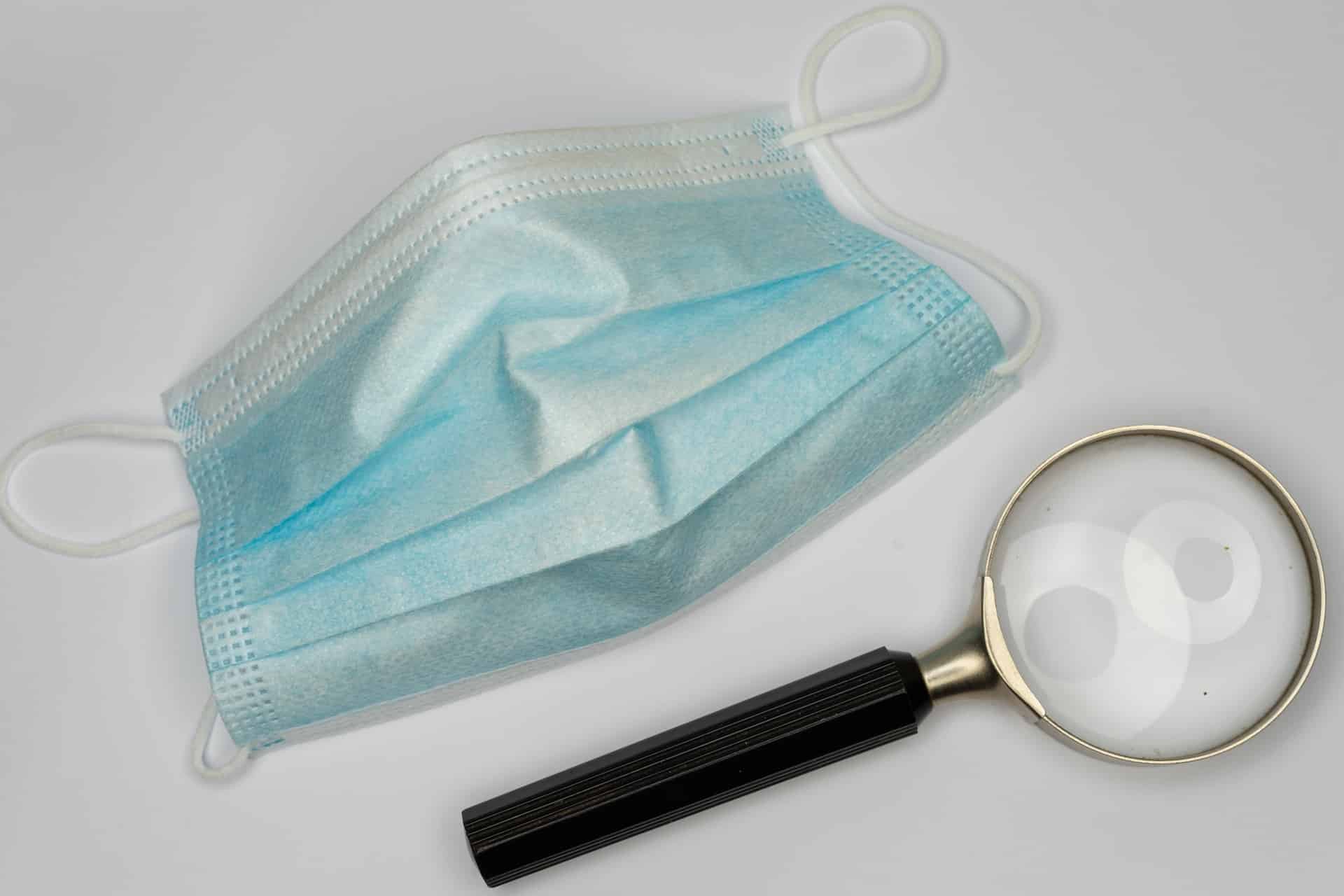
Anyone keeping abreast of general practice workforce issues will have heard a common refrain over the past years: there are not enough GPs due to a recruitment and retention crisis. More GPs are leaving the NHS amidst an increasing demand for services, all of which is pushing general practice to the brink. Despite this, GP Pulse has recently published results of a survey of 612 GP partners across the UK, and found a 44% reduction in the number of GP vacancies advertised over the past year. If there’s such a shortage of GPs, where did all the jobs go? The Pulse survey indicates that a lack of funding in general practice is impacting recruitment, alongside the increase in the additional roles reimbursement scheme (ARRS) in hiring other health care professionals to fill job roles in general practice.1
The changing face of the general practice workforce
I’ve written here previously about the ARRS and some of the wider impacts of the scheme. The 2019 Conservative Party Manifesto promised an additional 6000 GPs. When it became clear that this goal would not be achieved, ARRS shifted the scope from meeting the manifesto pledge to instead increase the number of appointments offered in general practice by 50 million a year. If we can’t get enough GPs, I think the reasoning must have gone, let’s hire another 20,000 alternative roles in practice to deliver those appointments.
If we can’t get enough GPs, I think the reasoning must have gone, let’s hire another 20,000 alternative roles in practice to deliver those appointments.
The ARRS was a significant addition to the Network Contract Directed Enhanced Service (DES) back in 2019 to try and build up workforce capacity in primary care. NHS England funds reimburse the salary costs for these additional roles. With funding then follows action, with PCNs rapidly recruiting these additional staff to their multidisciplinary teams. And recruit they did; the Nuffield Trust has a helpful chart on their website showing the increase in primary care staff by funding arrangement from 2019 to 2023 that shows while the number of fully qualified GPs has fallen, the number of PCN funded staff providing direct patient care has increased dramatically.2 The jobs are following the money.
How effective has ARRS been?
Early figures on the ARRS workforce shows that the scheme has already surpassed its initial recruitment target, funding over 29,000 extra clinical and non-clinical staff into general practice. Pharmacists and pharmacy technicians make up the greatest bulk of ARRS funded posts, followed by care coordinators and social prescribing link workers.2 But has increasing the number of staff in general practice through ARRS followed clinical need or improved access? Given this is a relatively new initiative, research on ARRS, its implementation and effectiveness is limited here in the UK. Practices, and ARRS staff themselves have been adversely impacted by a lack of a clear strategy or purpose for ARRS roles, a lack of clarity over what they can offer clinically, and whether they should be working toward PCN DES goals or increasing individual practice core capacity.3 The cultural change needed to integrate these roles into practice requires organisational development, leadership and service redesign expertise, however, this has not been adequately resourced or managed across PCNs.3
Unanticipated consequences
The ARRS is a big step change for how practice teams work to manage their patients and appointments, and it’s naïve to think that implementation of such a wide-ranging scheme wouldn’t have significant impacts and unanticipated consequences for the wider workforce.
Unintended and unanticipated consequences are not surprising when interventions are introduced into a system like the NHS. Recently writing about the unintended consequences of waiting targets in the NHS, Nigel Edwards points out that ‘focussing on one element of a complex system means that important interactions tend to be ignored or oversimplified, which can produce effects that undermine the intent of the target.’4 I feel this argument could be extended to the ARRS operating within the complex web of general practice. The intent of ARRS is support the recruitment of additional staff into general practice and increase the number of appointments in general practice, but alongside the possible impact on GP vacancies, what unanticipated consequences might be undermining these intentions in practice?
What doesn’t the ARRS cover? Well, supervision for one. Adequate supervision is hampered by a lack of appropriate funding through ARRS, which means that GPs lack capacity to provide that supervision. And where protected time is set aside for supervision, that leaves less time for GPs to perform their own patient-facing activities. And more importantly, lack of adequate supervision, or even a common definition of what supervision is required, has profound impacts on patient safety, as unsupervised one-to-one consultations by those working in additional roles in practice can contribute to serious patient safety incidents.5
While the ARRS is impacting on the GP workforce, with over 8000 pharmacists recruited into primary care since 2019, one of the unintentional consequences is that it has created a shortfall of pharmacists working in community pharmacies and acute hospital settings.6 By incentivising a workforce shift, the ARRS did not take into account that increasing roles in general practice might drain workforce capacity in other sectors. The Company Chemists’ Association, which is the trade organisation for major pharmacy operators in the UK, described the increasing recruitment of pharmacists into general practice as ‘fanning the flames’ of a worsening community pharmacy workforce crisis, with eight years of growth in the pharmacist workforce now channelled into general practice.7 How long before we see a similar impact on the paramedic and nurse practitioner workforce?
Ripples into waves
This survey by Pulse is not intended to cover a representative sample of the whole of general practice, and it’s likely that the results are subject to a response bias. But it has highlighted that as a complex intervention in a complex system, we don’t fully yet understand the impact ARRS is having on different practices operating in different contexts. It will take time to unpick these effects, including how ARRS might be impacting jobs available to GPs, as evaluations of the scheme roll in.
The jobs are following the money.
Adding to this complexity, and going forward in this time of political flux is the uncertainty around the future of funding for the ARRS after 2023/24. If the scheme is here to stay, it is important to not only understand what the impacts are, but minimise the worst of these, and maximise the best effects.4 There is an opportunity here to ensure that future funding for ARRS includes time and resource for supervision and management needs, alongside ensuring that more health professionals are trained in sectors such as pharmacy where there is a risk of a drain of staff into ARRS roles. But this entire issue highlights a wider problem of inadequate core funding in general practice. The jobs follow the money. And with overall funding for general practice falling in real terms, how will different practices decide to use their limited finances towards their workforce? Another piece of this complex puzzle to unpick in the future.
References
1. Kaffash J. Number of GP vacancies advertised almost halves in a year: Pulse; 2023 [Available from: https://www.pulsetoday.co.uk/news/workforce/number-of-gp-vacancies-advertised-almost-halves-in-a-year/.
2. Rosen RP, B. More staff in general practice, but is the emerging mix of roles what’s needed? : Nuffield Trust; 2023 [Available from: https://www.nuffieldtrust.org.uk/news-item/more-staff-in-general-practice-but-is-the-emerging-mix-of-roles-what-s-needed.
3. Baird BL, L.; Bhatt, R.; Beech, J.; Dale, V. Integrating additinal roles into primary care networks. The King’s Fund; 2022.
4. Edwards N, Black S. Targets: unintended and unanticipated effects. BMJ Qual Saf. 2023;32(12):697-9.
5. Keeley B. Physician Associates, Volume 735: UK Parliament; 2023 [Available from: https://hansard.parliament.uk/commons/2023-07-06/debates/D98F2ABE-7B33-4748-B88E-ED7243469131/PhysicianAssociates.
6. Hewitt P. The Hewitt Report: An independent review of integrated care systems. Department of Health and Social Care; 2023.
7. NHS recruitment of pharmacists set to wipe out eight years of growth of the pharmacist workforce in England: Company Chemists’ Association; 2023 [Available from: https://thecca.org.uk/nhs-recruitment-of-pharmacists-set-to-wipe-out-eight-years-worth-of-growth-of-the-pharmacist-workforce-in-england/.
Featured photo by Julian Hochgesang on Unsplash.









[…] with consecutive, complex consultations, an occurrence that feels increasingly common to me. I wrote recently about the domino effect of unintentional consequences from the Additional Roles Rei…, a complex intervention within a complex system. In their report, ‘The Future of General […]